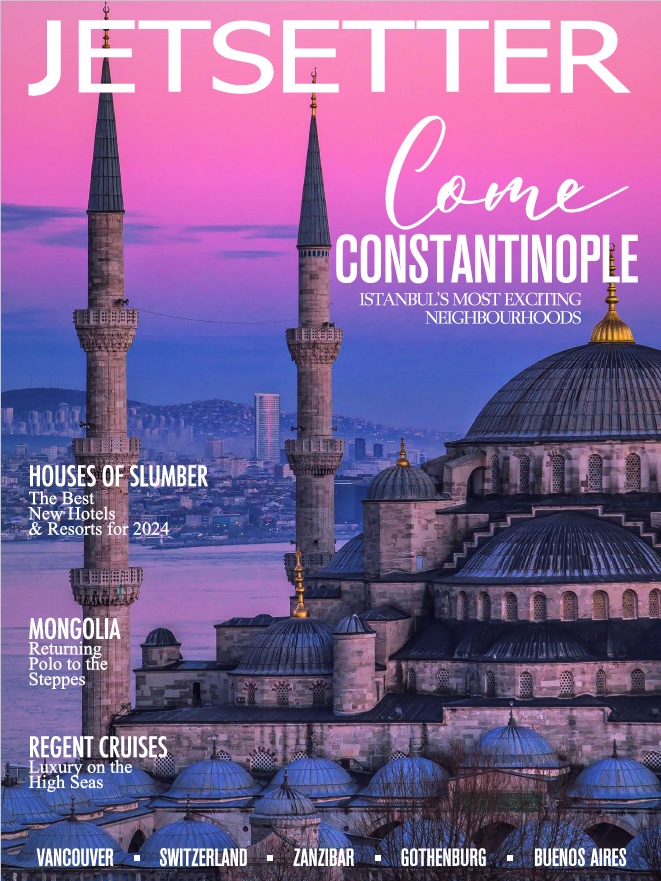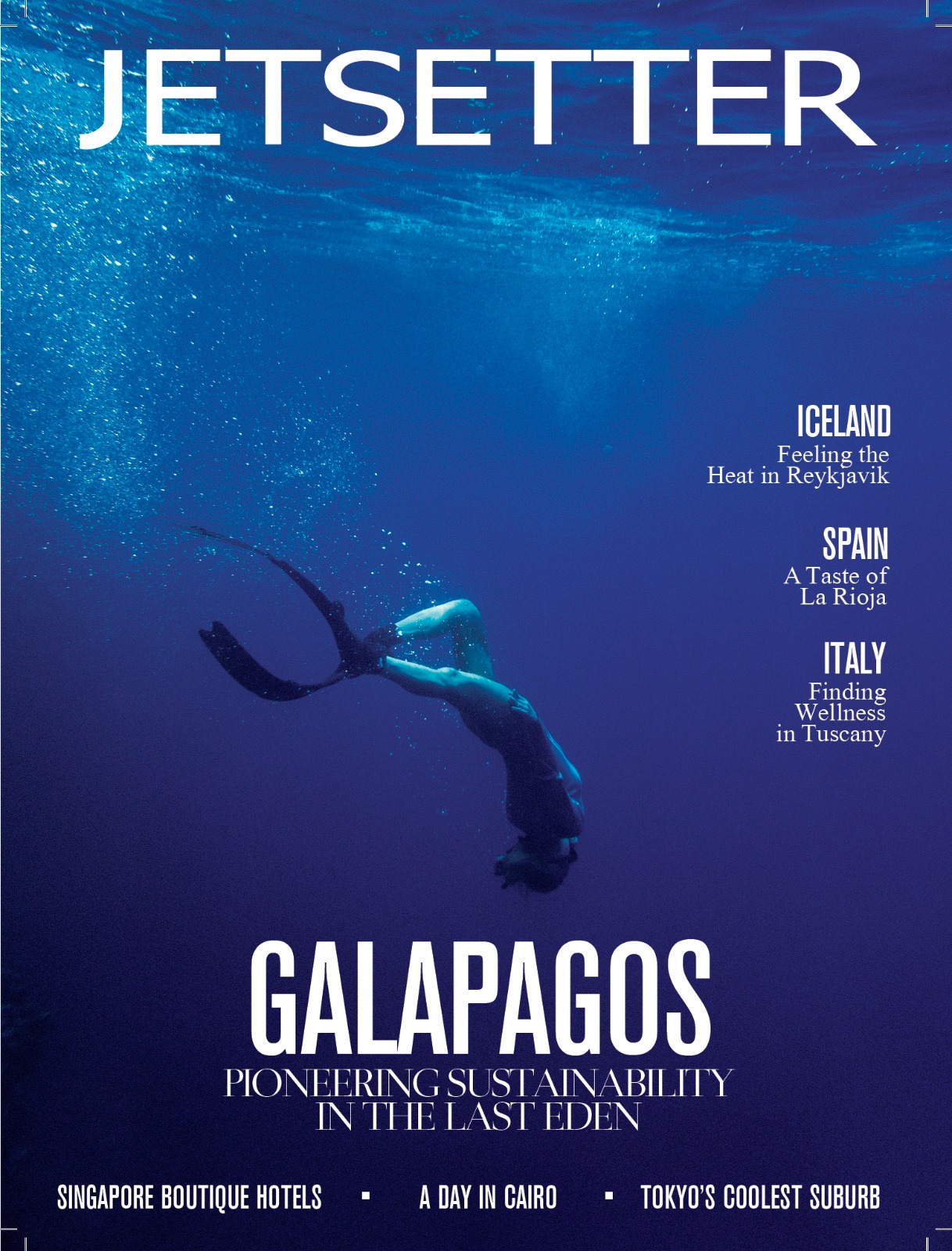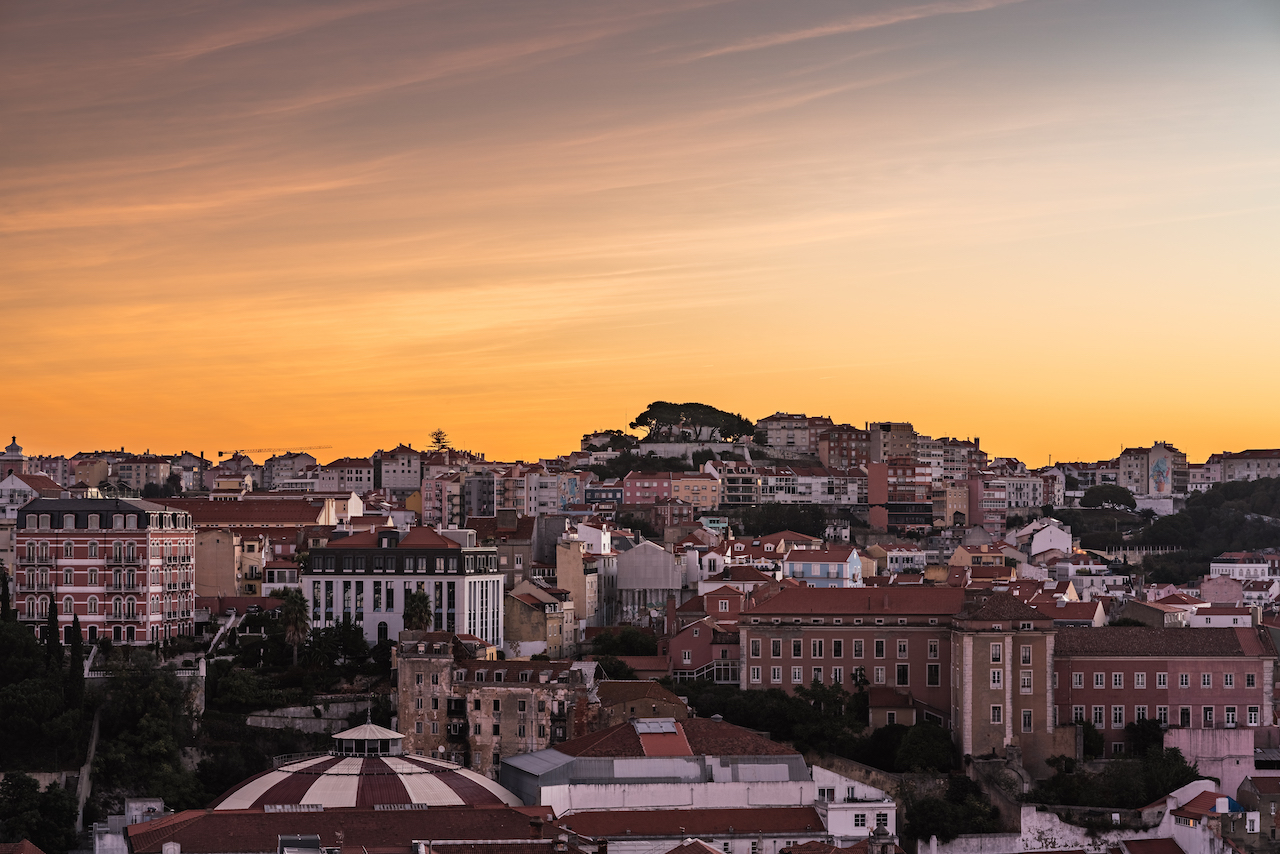

From its vibrant dining scene to its rich heritage, the Portuguese capital of Lisbon is becoming one of Europe’s most popular destinations. Here’s why.
Perched on the Atlantic Coast, Lisbon is a city that has one foot in the past and the other firmly planted towards the future. An ancient trading port and one from where many explorations have commenced, today Lisbon draws entrepreneurs and digital nomads as its rich culture is off-set by a new vitality that’s driven innovative dining, retail and design experiences. Here’s how to get the most our of the city.
Must See Sites
Lisbon’s most famous attractions include the historic UNESCO World Heritage listed sites of Belém Tower, a symbol of Portuguese maritime power during the Age of Discoveries, and Jerónimos Monastery, a lavish masterpiece of Manueline architecture. Both attractions are located in the district of Belem, overlooking the River Tagus, with combined entry just US$13.
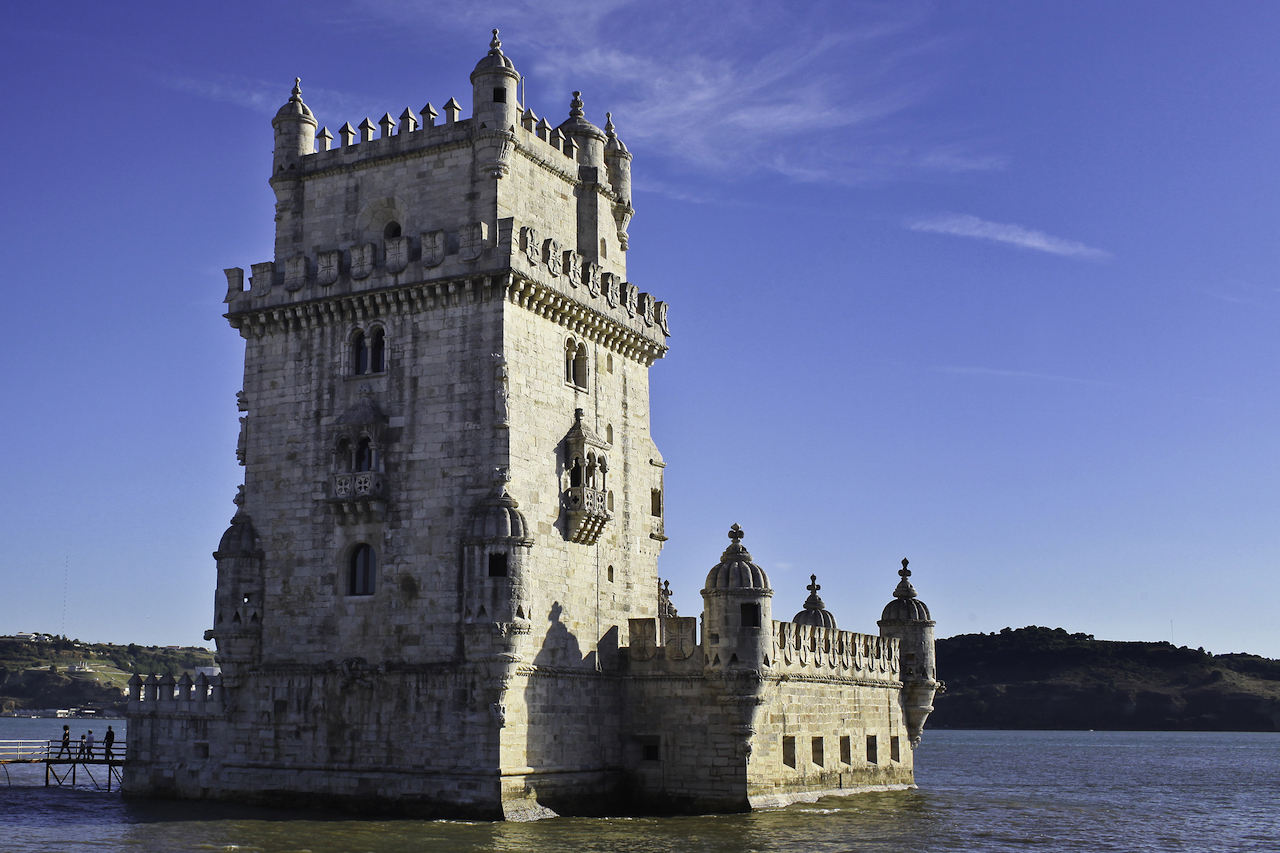
Where to Eat
Atmospheric Alfama is one of the best areas for traditional cuisine, with budget-friendly Tascas serving daily specials such as bacalhau (salted cod), feijoada (bean stew) and petiscos, which are small bites similar to tapas. Fish plays a major role in menus across Lisbon, with the seaside town of Setúbal, south of the Tagus, the place to find the freshest dishes expertly prepared. Sardines are a speciality, along with the famous choco frito (fried cuttlefish), massadas de peixe (fish stew), red mullet and oysters.
Enjoy the Culture
Soak up the sounds and colour of old Lisbon by exploring the Alfama district, where towering São Jorge Castle looks down on narrow streets and colourful houses decorated with Azulejos tiles, and traditional Fado music provides the soundtrack to a visit. Lisbon’s rich history is also on display at a selection of outstanding museums, such as the majestic Museum of Art, Architecture and Technology (MAAT), and the Calouste Gulbenkian Museum, which hosts one of Europe’s best private art collections, with a particular focus on Islamic art. Another popular choice is the Royal Treasure Museum, which showcases Portugal’s incredible Crown Jewels.
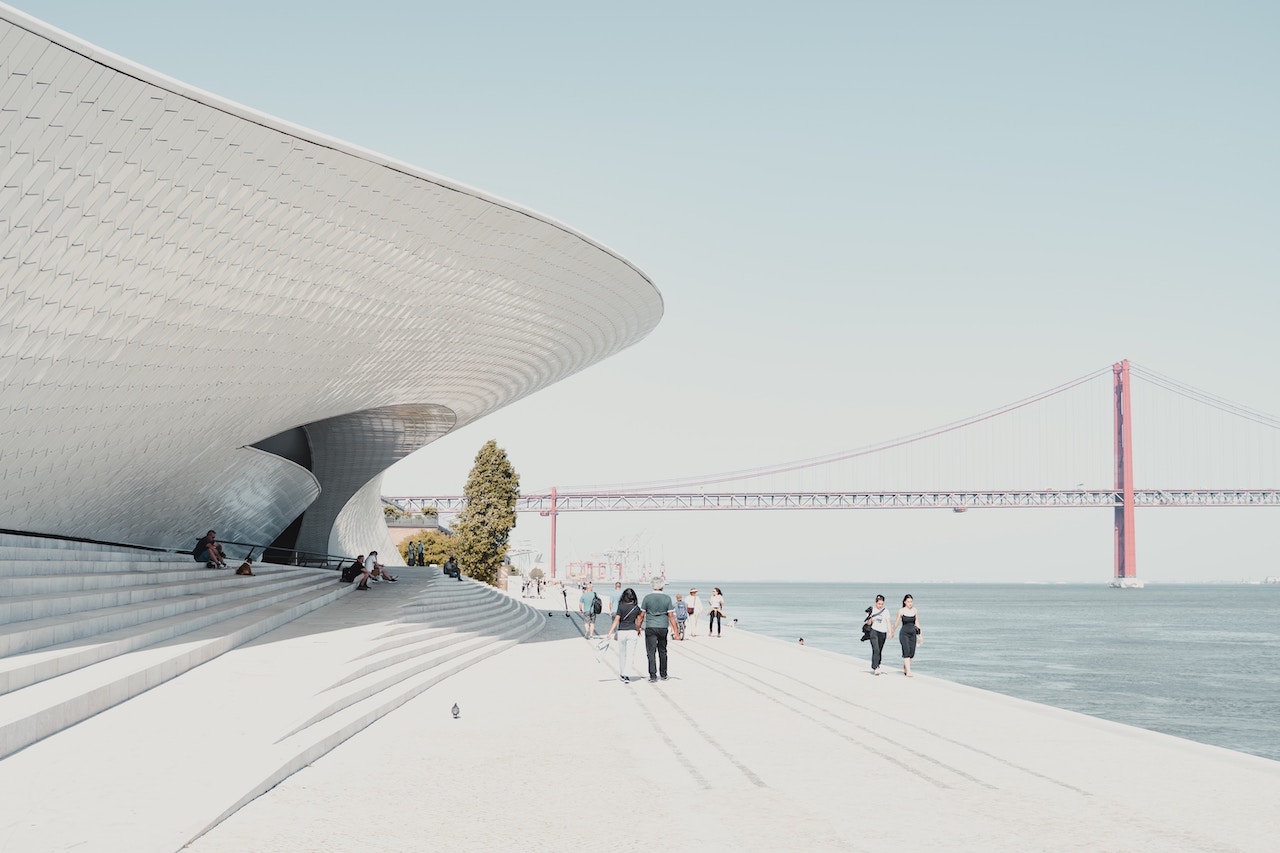
Spectacular Views
Known as the city of seven hills, one of the best ways to see the beauty of Lisbon is to head to any of the famous miradouros (viewpoints), each offering its own unique outlook on the city below. Two favourites are the Miradouro Da Senhora Do Monte, which provides sweeping views of the city, with the Tagus estuary, the rooftops of Baixa, the ruins of Carmo and the pastel tones of the Avenidas Novas especially eye-catching. Miradouro de São Pedro de Alcântara, one of Lisbon’s largest viewpoints, is set in a beautiful garden at the highest point of the Elevador da Glória funicular, and has views of Avenida da Liberdade, Restauradores and Baixa.
Travelling Around
Lisbon’s canary-yellow trams are a city icon, and none is more famous than the number 28, which takes passengers through popular neighbourhoods such as Alfama and Baixa and past landmarks including the cathedral Se de Lisboa. The modern Number 15 tram takes an eye-catching route along the riverfront to the historic sites of Belem. Single trips cost just US$3.30.
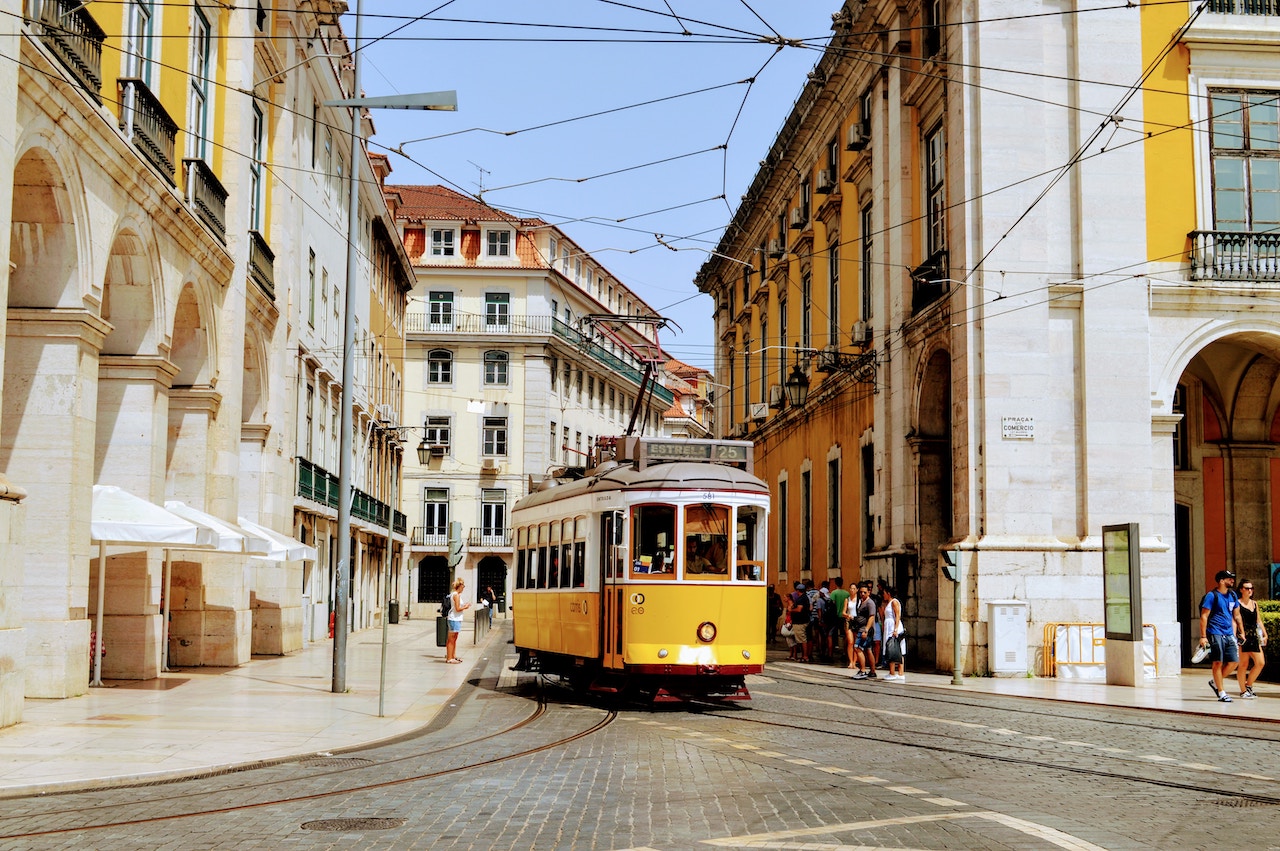
Beach life
Lisbon is a dazzling city packed with culture and historic sites, but there are also great beaches within 20 minutes of the centre. Some of the closest and most easily accessible are found along the Costa da Caparica, to the south, where a 15km stretch of golden sands and a variety of resort towns make it popular with Lisboetas. To the west of the city is charming Cascais, with the sandy shores of Santo Amaro, Oeiras and Cascavelos ideal for families.
Lisboa Card
For the ultimate way to get the most out of Lisbon, the Lisboa Card allows visitors to save both time and money during their stay. It costs US$24 per person for 24h, US$40/person for 48h ad US$50 for 72h, and provides free access to 39 museums and monuments, free transport on the metro, trams, funiculars and trains to the fairytale town of Sintra and the beaches of Cascais, plus discounts on a variety of local services and stores.
For more Destination stories click here.


